Report: Citizens underestimate EU help to Serbia
Even though EU aid to Serbia last year was 140 times higher than Japan’s, citizens believe Japan helped Serbia the most, daily Politika writes.
Sunday, 17.07.2011.
13:55

Even though EU aid to Serbia last year was 140 times higher than Japan’s, citizens believe Japan helped Serbia the most, daily Politika writes. This is according to a poll conducted by the Serbian government’s EU Integration Office. Report: Citizens underestimate EU help to Serbia As many as 45 percent of questioned citizens believe that Japan was the biggest donor since 2000, 33 percent said it was Russia and 31 percent said that it was the EU. In reality, things are different. The biggest donor in the last decade was the EU with 48.7 percent, followed by the U.S. with 14.4 percent and Germany 6.4 percent. According to the EU Integration Office’s data, Japan came seventh with only 2.33 percent. EU’s aid in 2010 totaled EUR 384.52mn and it was 140 times higher than Japan’s help worth EUR 2.68mn. EU Integration Office Deputy Director Ognjen Miric told the daily that it was hard to explain the citizens’ misinformation. He pointed out that Japanese help was “somehow most visible”. He stressed that a part of the EU help was being used to build institutions, prepare laws and train administrative workers “which is something citizens cannot see, they only know that laws are adopted and implemented but they do not know that EU funds are behind the process”. Serbian citizens are not so well informed about the U.S. help either. The U.S. was the second biggest donor in Serbia in the last decade and provided 14.4 percent of the total help. The largest part of the U.S. funds is allocated for self-government, state administration and civil society.
Report: Citizens underestimate EU help to Serbia
As many as 45 percent of questioned citizens believe that Japan was the biggest donor since 2000, 33 percent said it was Russia and 31 percent said that it was the EU.In reality, things are different. The biggest donor in the last decade was the EU with 48.7 percent, followed by the U.S. with 14.4 percent and Germany 6.4 percent. According to the EU Integration Office’s data, Japan came seventh with only 2.33 percent.
EU’s aid in 2010 totaled EUR 384.52mn and it was 140 times higher than Japan’s help worth EUR 2.68mn.
EU Integration Office Deputy Director Ognjen Mirić told the daily that it was hard to explain the citizens’ misinformation. He pointed out that Japanese help was “somehow most visible”.
He stressed that a part of the EU help was being used to build institutions, prepare laws and train administrative workers “which is something citizens cannot see, they only know that laws are adopted and implemented but they do not know that EU funds are behind the process”.
Serbian citizens are not so well informed about the U.S. help either. The U.S. was the second biggest donor in Serbia in the last decade and provided 14.4 percent of the total help. The largest part of the U.S. funds is allocated for self-government, state administration and civil society.


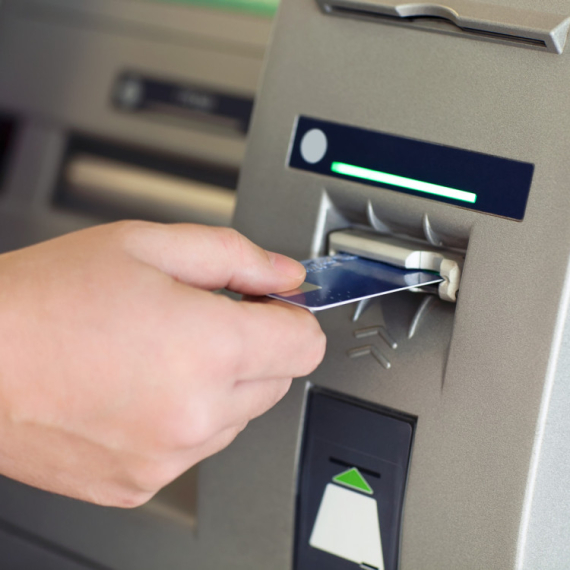



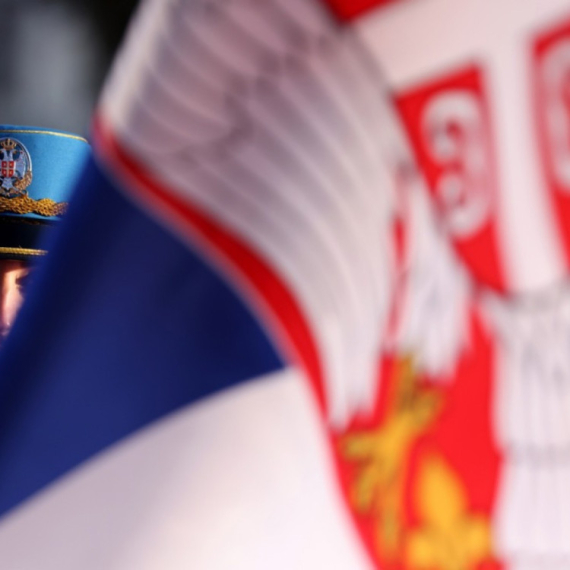




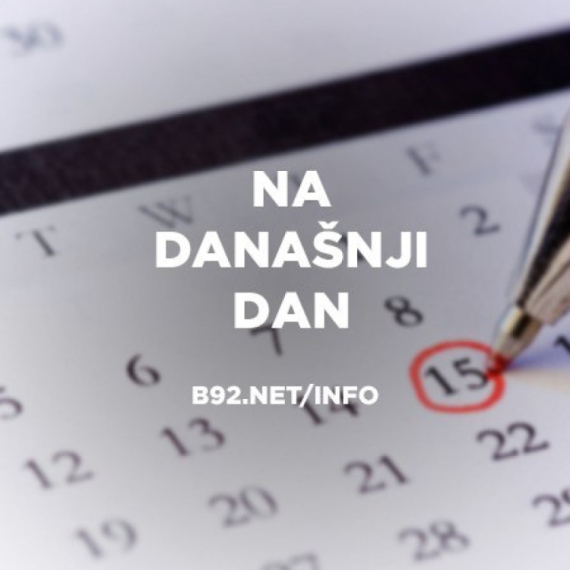



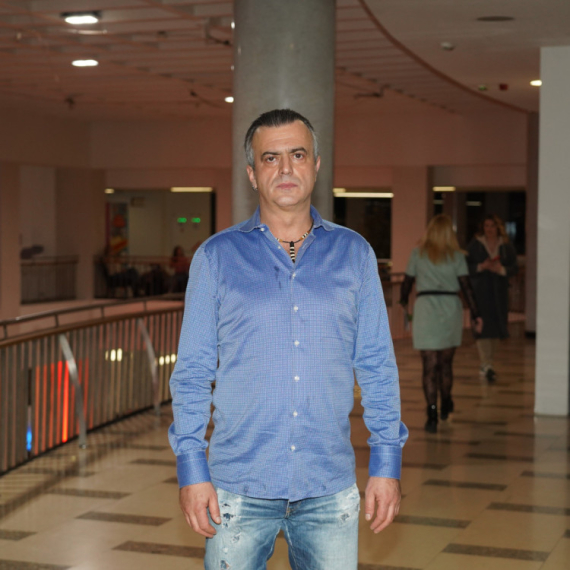
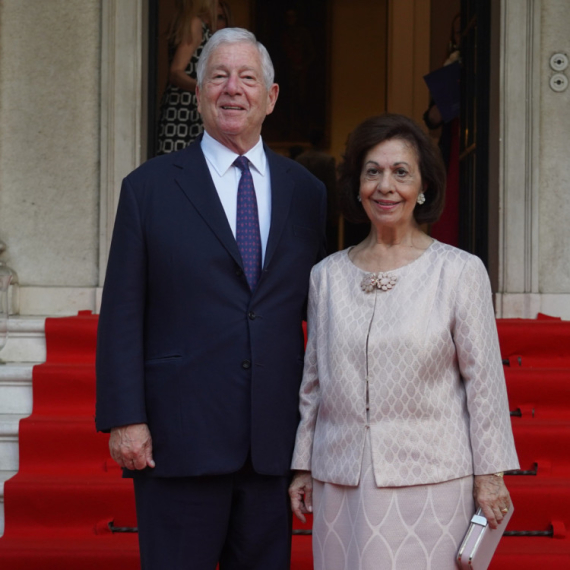


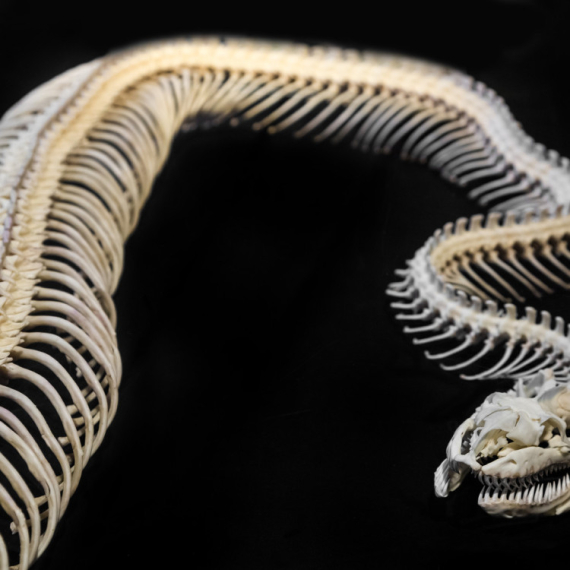

Komentari 13
Pogledaj komentare